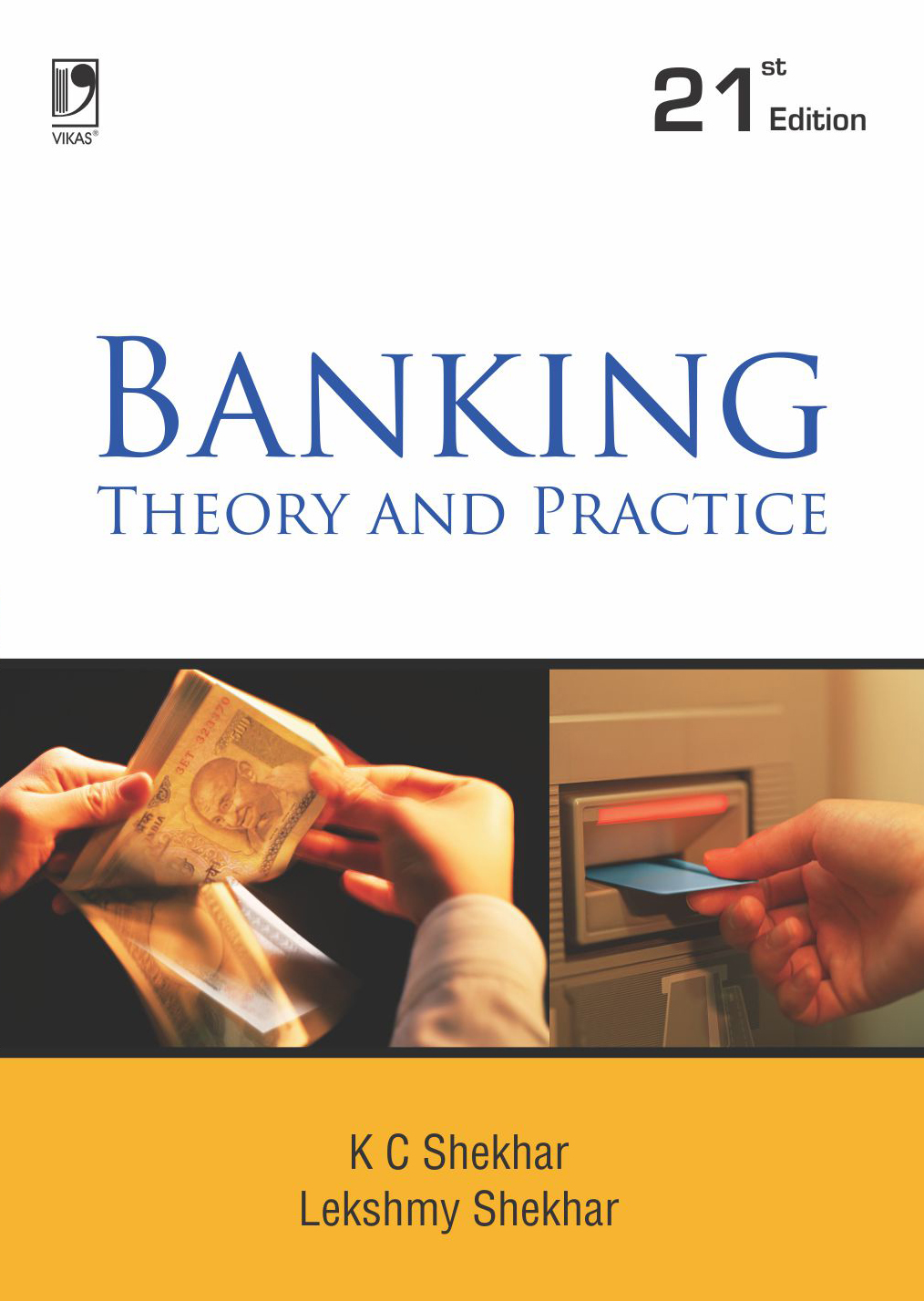COURSE OBJECTIVE:
The course will help students to understand:
1) To acquire knowledge of working of Indian Banking system
2) The impact of government policy and regulations on the banking industry
3) Financial statements and performance of banks
4) Banking lending policies and procedures.
COURSE OUTCOMES:
At the end of the course, students should be able to:
C01 -Discuss the impact of government policy and regulations on the banking industry.
C02 -Evaluate the performance of the banking industry.
C03 -Discuss bank lending policies and procedures.
C04 -To elucidate the broad functions of banks
C05 - To understand the working of the Reserve Bank of India
C06 - To grasp the conduct of monetary policy and its effect on the interest rate, credit availability, prices, and the inflation rate
C07 - To express opinions about banking in written and oral form, based on the basic knowledge and skills acquired
C08 -To learn the importance to be updated on the developments of the banking sector and practice the same.UNIT-I: INTRODUCTION: Origin and Growth of Banking in India - Unit Vs Branch Banking - Functions of Commercial Banks - Nationalization of Commercial Banks in India - Emerging Trends in Commercial Banking in India: E-Banking – Mobile Banking - Core Banking – Bank Assurance – OMBUDSMAN.
UNIT-II: RESERVE BANK OF INDIA: RBI Constitution - Organizational Structure – Management - Objectives – Functions – Monetary Policy.
UNIT-III: TYPES OF BANKS: District Co-Operative Central Banks – Contemporary Banks - Regional Rural Banks - National Bank for Agriculture and Rural Development (NABARD) – SIDBI – Development Banks.
UNIT-IV: BANKER AND CUSTOMER RELATIONSHIP: Definition of Banker and Customer - Relationship Between Banker and Customer - KYC norms - General and Special Features of Relationship - Opening of Accounts - Special Types of Customers Like Minor, Married Women, Partnership Firms, Companies, Clubs and other Non-Trading Institutions.
UNIT-V: NEGOTIABLE INSTRUMENTS: Descriptions and their Special Features - Duties and Responsibilities of Paying and Collecting Banker - Circumstances under which a Banker can refuse Payment of Cheques - Consequences of Wrongful Dishonors - Precautions to be taken while Advancing Loans Against Securities – Goods - Documents of Title to Goods - Loans against Real Estate -Insurance Policies - Against Collateral Securities – Banking Receipts. Rule in Clayton’s Case - Garnishee Order – Loans against Equitable Mortgage - Legal Mortgage - Distinction between them - Latest Trends in Deposit Mobilization.
SUGGESTED READINGS: 1. Banking Theory & Practices: Dr. P. K. Srivatsava, Himalaya Publishers 2. Banking Theory & Practices: K.E. Shekar, Vikas Publications 3. Banking theory & Practices: Santhi Vedula, HPH. 4. Banking Theory & Practices: Dr. J. Jayanthi, PBP. 5. Banking Theory, Law & Practices: R. R Paul, Kalyani Publishers 6. Money Banking and Financial Markets: Averbach, Rabort. D, MacMillan. Landon 7. Banking: N.T. Somashekar, New Age International Publishers 8. Fundamentals of International Banking: Rup Narayan Bose, Trinity Publishers 9. Modern Commercial Banking: H.R. Machiraju, New Age International Publishers 10. Banking Theory & Practices: R. Rajesh, Tata McGraw Hill 11. Merchant Banking & Financial Services: S. Guruswamy, Tata McGraw Hill 12. Management of Banking & Financial Services; Padmalatha Suresh, Pearson 13. Modern Banking: D. Muralidharan, PHI

- Teacher: BIKSHAPATHI MADA